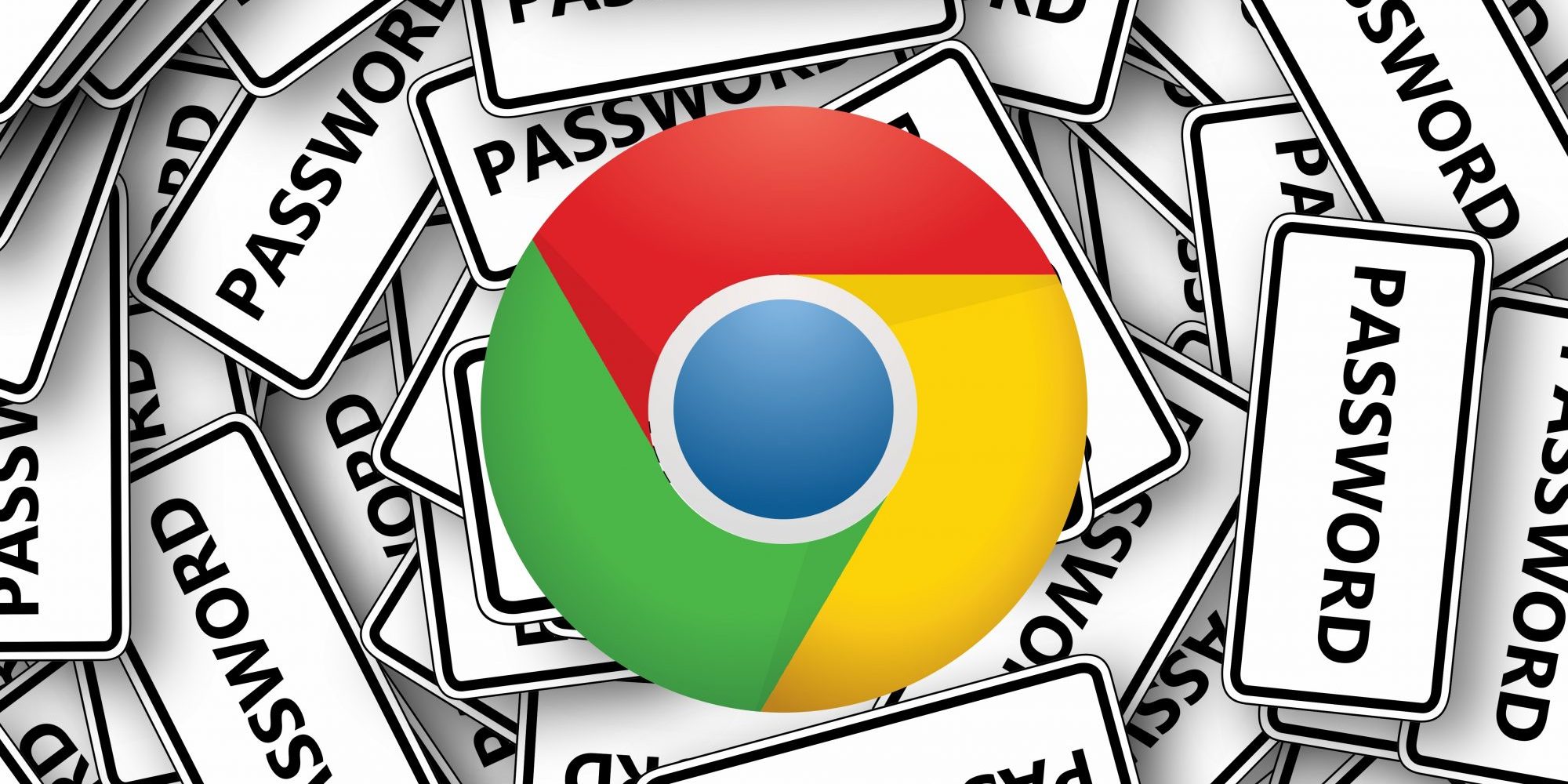

#GOOGLE CHROME PASSWORD MANAGER LOCATION WINDOWS#
There is a Windows function, CryptProtectData, which is used to encrypt any arbitrary data you like. Chrome does not have a master key used to encrypt anything. Chrome does not encrypt your passwords itself. Of course i left out the technical details. concatenate the encrypted session key, the encrypted password, and the MACĪnd Chrome saves that blob to its SQLite database.īut to answer your question: Where does the encryption key come from?Įach password is encrypted with a different randomly generated key The Technical Details.
#GOOGLE CHROME PASSWORD MANAGER LOCATION CODE#

encrypt the session key with the user's RSA public key.encrypt the password with the session key.The approximate algorithm to encrypt a new password is: You'll notice the password is an encrypted blob of data. Here's a snippet from my Login Data file: origin_url username_value password_value You can use something like SQLite Database Browser or SQLite Maestro to view it. Mac/Linux ImplementationĮncryption Scheme: AES-128 CBC with a constant salt and constant iterations.You seem to be curious specifically about the key used to encrypt the passwords in Chrome.Įvery password is encrypted with a different random key.Īnd then the encrypted password is stored in the SQLite database file: %LocalAppData%\Google\Chrome\User Data\Default\Login Data And obviously this is going to be very useful in trying to decrypt the stored passwords. Now while this can be a very secure function using a triple-DES algorithm and creating user-specific keys to encrypt the data, it can still be decrypted as long as you are logged into the same account as the user who encrypted it.The CryptProtectData function has a twin, who does the opposite to it CryptUnprotectData, which. Google Chrome encrypt the password with the help of CryptProtectData function, built into Windows. All this information is stored in the clear text except passwords which are in encrypted format. The logins table mainly contains the information about sign-on secrets such as website URL, username, password fields etc. Newer version has moved the login passwords related database into new file named 'Login Data'.This database file is in SQLite format and contains number of tables storing different kind of data such as auto complete, search keyword, ie7logins etc in addition to login secrets. So next time onwards whenever user visits that website, he/she will be automatically logged in using these stored credentials which saves hassle of entering the credentials every time.Ĭhrome stores all the sign-on secrets into the internal database file called 'Web data' in the current user profile folder. Whenever user logins to any website, he/she will be prompted to save the credentials for later use and if user chooses so, then the username & passwords will be stored in internal login database. Like other browsers Chrome also has built-in login password manager functionality which keeps track of the login secrets of all visited websites.

Get unencrypted 'Saved Password' from Google Chrome Introduction


 0 kommentar(er)
0 kommentar(er)
